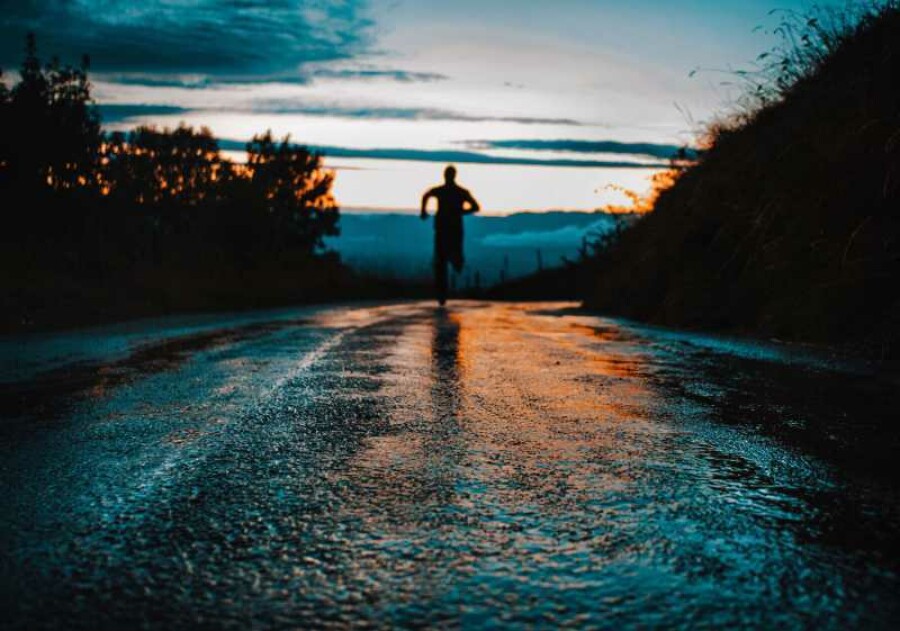How Athletes Can Better Manage and Avoid Varicose Veins

Venous insufficiency affects athletes too, impacting athletic performance.
Since athletes are often in peak physical condition, we don’t often associate them with circulatory problems. But even the fittest of the fit are still susceptible to venous disorders. Perhaps because their bodies regularly sustain heavy stress, it’s easy for athletes to overlook the pain, swelling, tightness, tenderness, weakness, and cramping caused by varicose veins or mistake them for a strain or sprain.
If left untreated, however, varicose veins can become a bonafide sports injury, taking athletes out of the game entirely. More alarmingly, they can also result in significant damage to your circulatory system. Fortunately, there are some simple treatments for varicose veins that can help athletes reduce their symptoms and get back to doing what they love in no time.
Effects on Athletic Performance
As with the general population, varicose veins in athletes are primarily caused by hereditary traits and exacerbated by aging, trauma, obesity, and frequent standing. However, the stresses of competitive training and performance — particularly in sports like weightlifting, distance running, cycling, and tennis — can further aggravate the symptoms.
Intense exercise stimulates circulation, increasing the volume of blood flowing to the leg. As the deoxygenated blood returns to the heart, it places pressure on the walls and valves of the inflamed vein. As the pressure increases, rising pain and swelling weaken the limb, reducing strength and cardiovascular endurance.
Coping with Your Symptoms
The good news is that with some simple adjustments to their training regimens, athletes can better manage the symptoms and reduce the likelihood of future outbreaks. Using resistance bands to workout the calves, for example, will stimulate the muscle pump in them, increasing circulation to your lower legs.
Well-fitting compression garments are among the most effective preventative measures against varicose veins. The compression will counteract spiking blood pressure and prevent blood from collecting in the legs, ensuring that the blood continues to circulate properly. As a result, pain and swelling will quickly subside.
Since varicose veins often cause blood to gather, athletes should work to reduce the amount of blood trapped in the lower legs as soon as they’ve finished playing or training. Elevating your legs and feet will help your veins drain properly, promoting blood flow back to the heart.
If they have access to a shallow swimming pool, athletes can also engage in toe raises after exercising. The muscle contractions will stimulate circulation in the legs, and the water will reduce the pull of gravity on any excess blood trapped in them.
Just like non-athletes, athletes can’t experience lasting relief from varicose veins without treating their root causes. Fortunately, most treatments and therapies are short and noninvasive, and they can easily be integrated into an athlete’s training schedule. If you’re an athlete struggling with pain or swelling in the legs, schedule an appointment with a vein specialist today to receive a formal diagnosis and discuss treatment options.